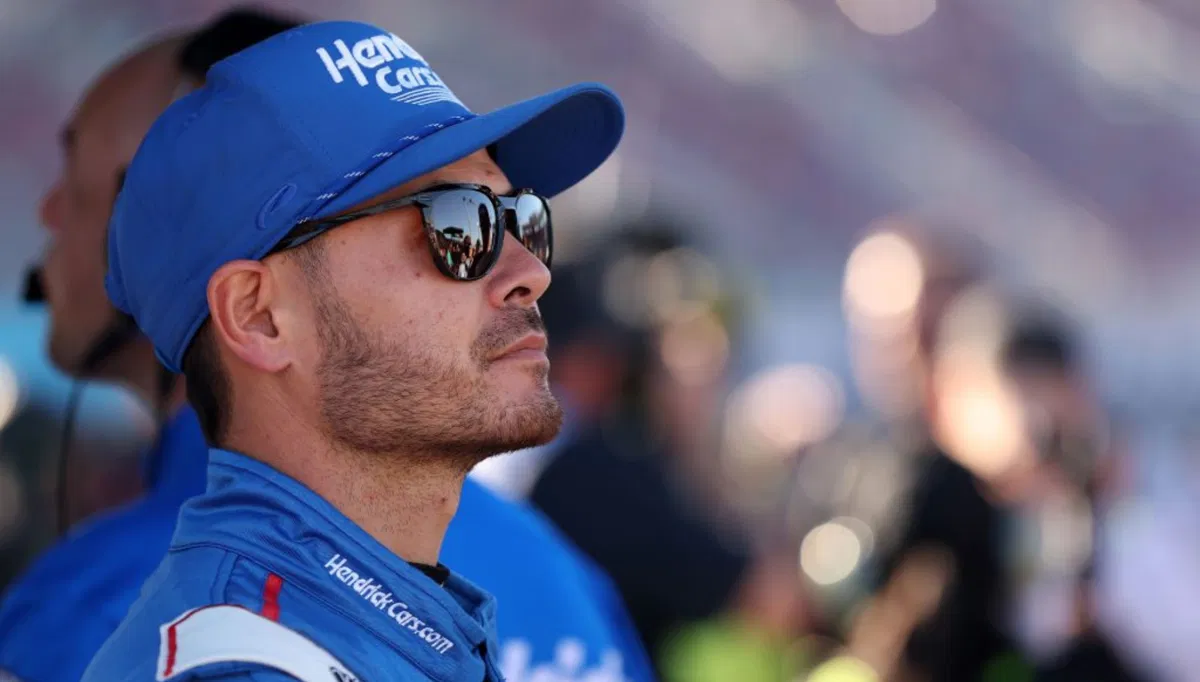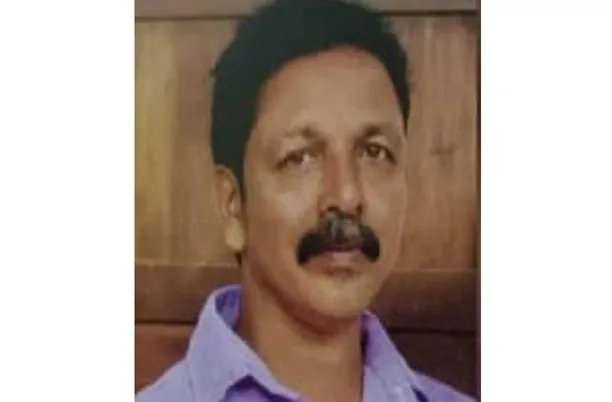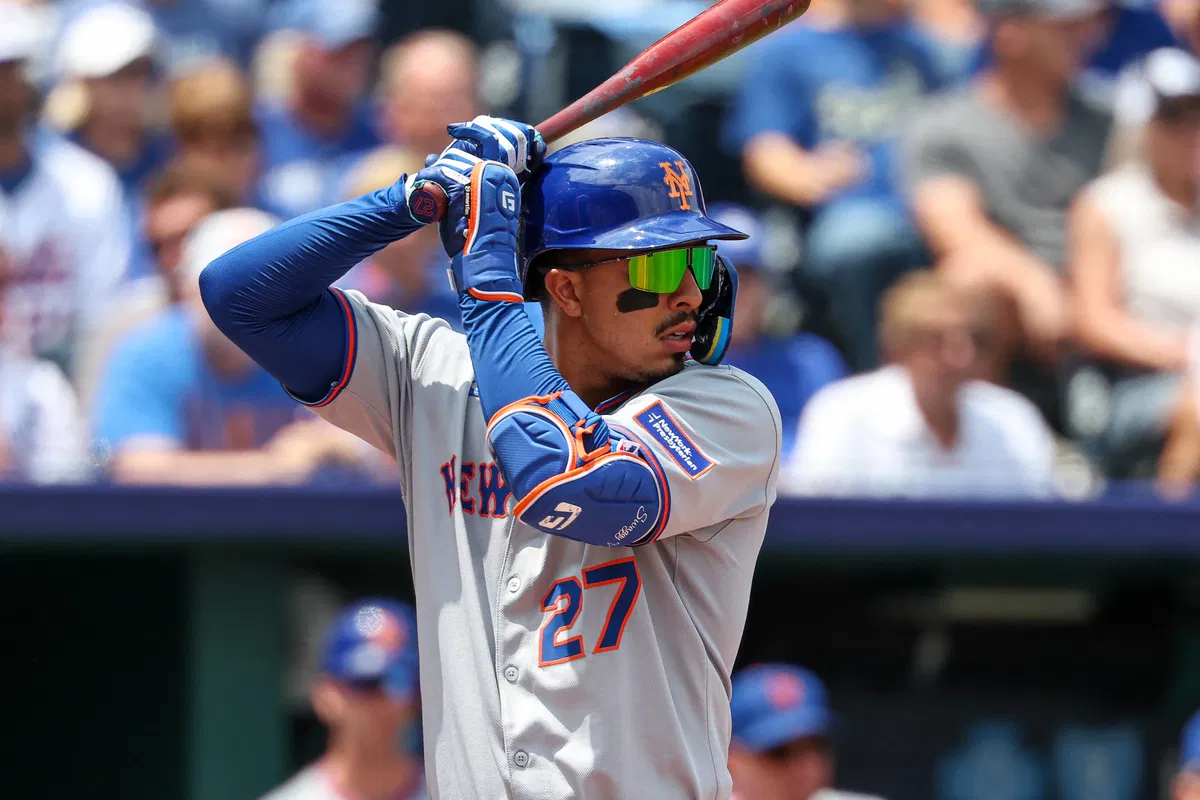
The 2025 NASCAR Cup Series season charges toward its climax with weekend races building intense momentum. The Round of 16 wrapped at Bristol Motor Speedway on September 13, where Joe Gibbs Racing completed a sweep as Chase Briscoe won at Darlington, Denny Hamlin at Worldwide Technology Raceway, and Christopher Bell at Bristol. On the other hand, Hendrick Motorsports entered with all four drivers but saw Alex Bowman eliminated after the first round. But the attention turns to Kyle Larson, who started the playoffs as the top seed thanks to his regular-season points lead.
Larson moves into the Round of 12 seeded third with a 24-point cushion above the cutline, backed by three wins, 11 top-five finishes, and a series-high 939 laps led this season. In his eighth playoff appearance, he brings experience to New Hampshire Motor Speedway, where he has three runner-up finishes in 14 starts. As the Magic Miles looms on September 21, his playoffs outlook adds intrigue to team Hendrick’s push.
ADVERTISEMENT
Article continues below this ad
Kyle Larson’s hidden speed signals in playoffs
In a revealing interview with Frontstretch before the New Hampshire race, Kyle Larson opened up about the encouraging signs he’s spotting in his No. 5 Hendrick Motorsports Chevrolet, even if they’re not obvious to fans glued to TV or results sheets. He explained, “I feel like we are really close and capable of getting back to form. There’s times throughout weekends and races where we might not show up on TV or on the results, but I feel like we’re good, so I feel like we’ve quietly been making progress.”
This perspective stems from his firsthand feel in the car during the Round of 16, where surface-level finishes didn’t capture the underlying improvements. For instance, at Worldwide Technology Raceway, Larson believed his team had one of the strongest setups, yet a 12th-place result flew under the radar, allowing quiet gains without the spotlight.
ADVERTISEMENT
Article continues below this ad
Diving deeper, Larson pointed to specific tracks where speed emerged despite underwhelming outcomes, building his case for a turnaround. “Just some speed at tracks that we haven’t been particularly great at. I thought in Iowa we were pretty decent until the restarts got crazy. Richmond went better than we have in the past. And in Gateway, I thought we were one of the best cars and finished 12th, so nobody really talked about us after, which was okay,” he shared.
These moments reflect progress at venues like Iowa Speedway and Richmond Raceway, where Hendrick historically struggled, but Larson’s car showed competitive pace in segments. At Bristol, traffic trapped him, masking the raw speed he sensed, yet it fueled his optimism heading into New Hampshire, a track where his three second-place runs demonstrate familiarity and potential to capitalize on those hidden strengths.
Larson wrapped up his thoughts by emphasizing that these subtle indicators matter more than public perception, especially as the playoffs intensify. “So then I had confidence, or I have confidence, coming here. But yeah, like Darlington didn’t go great, Bristol didn’t go great results-wise, at Bristol anyways, but I still feel like we’re pretty fast. Just stuck a lot down, so you guys didn’t see it. So just things like that, but it doesn’t matter. It’s fine that we quietly get better,” he noted.
This mindset ties into his 16 top-10 finishes this year, suggesting the team is piecing together consistency for tracks like New Hampshire’s 1.058-mile oval, known for rewarding precise handling, areas where Larson’s feel could shine through in the 301-lap event.
While Larson’s focus stays on internal progress, he doesn’t shy away from recognizing the competition’s strengths. That brings us to how he views Joe Gibbs Racing’s current advantage over his own squad.
Larson on JGR’s playoff advantage
Kyle Larson candidly addressed the gap between Hendrick Motorsports and Joe Gibbs Racing during the playoffs, highlighting execution as a key differentiator. In his comments, he said, “Yeah, I don’t know. I mean, it’s a reset. So, yeah, the first round we didn’t finish well at any of them, but we did do a good job getting stage points and whatnot the first couple races, and then actually felt like we were okay at Bristol. Just had the first stage get away from us with the caution.”
This reflects on Hendrick‘s mixed bag in the opening round, where stage points helped early but final positions lagged, contrasting sharply with JGR’s flawless wins across all three events. Larson’s acknowledgment shows awareness of how small mishaps, like the Bristol caution, compounded their challenges while JGR capitalized seamlessly.
ADVERTISEMENT
Article continues below this ad
He went further, giving credit where due without excuses. “So, but yeah, I mean, obviously we would wish that Hendrick Motorsports had all four into this round and have won your races last round, but yeah, the Gibbs cars, they were fast and did a great job executing,” Larson added. This quote underscores JGR’s speed and strategy, leading 860 of 1,107 laps in the round, while Hendrick dealt with issues like Bowman‘s pit crew woes that led to his exit. It’s a nod to the reality that execution under pressure has given JGR an edge, pushing Larson and his team to refine their approach for the semifinals.
Ultimately, Larson’s take offers a balanced view, motivating his squad amid the rivalry. By admitting JGR’s strengths, he sets the stage for Hendrick to close the gap, especially at venues like New Hampshire, where past performances could level the playing field. This honesty resonates with fans, reminding everyone that playoffs thrive on such competitive dynamics.



